Fiberglass Pools
Expert Fiberglass Pool Construction in DeLand, Port Orange & Palm Coast
Durable, Beautiful, and Built to Last
Fiberglass pools are a popular choice for homeowners seeking a durable, low-maintenance, and visually appealing pool option that will enhance their outdoor space for years to come. At Swimming Days, we specialize in fiberglass pool construction, expertly crafting each pool to meet your specific design preferences, lifestyle needs, and budget. Serving all of Central Florida and surrounding communities, we take pride in our commitment to quality and customer satisfaction, making the entire process from design to installation a seamless and enjoyable experience.
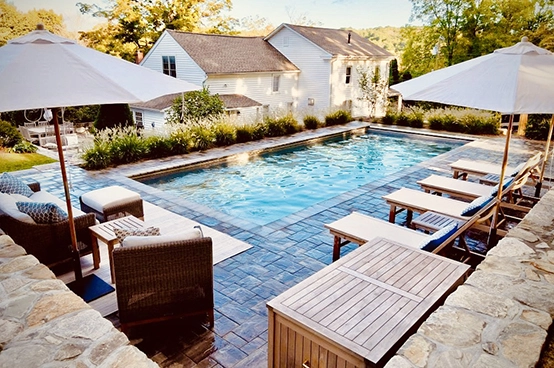
Why Choose a Fiberglass Pool?
Fiberglass pools offer unique advantages that set them apart from other types. Known for their durability and smooth finish, fiberglass pools are highly resistant to algae and staining, reducing maintenance time and cost. Their non-porous surface also minimizes chemical use, making them more environmentally friendly. With a wide variety of shapes, sizes, and features—like LED lighting, waterfalls, built-in benches, and automatic covers—you can customize a fiberglass pool that perfectly fits your outdoor aesthetic and functional needs.
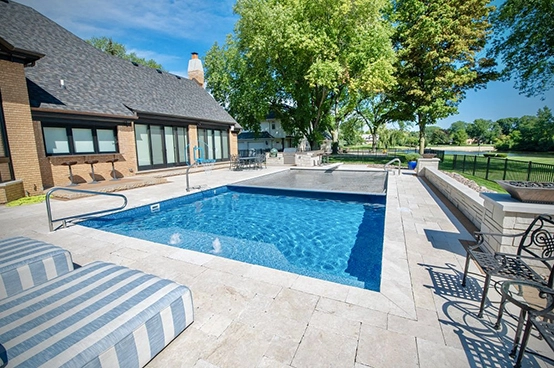
Ready to Dive In? Contact Us Today!
Our dedication to quality and customer satisfaction makes Swimming Days the ideal choice for your fiberglass pool project. We invite you to visit our DeLand and Winter Garden showrooms or call us to schedule a consultation. With Swimming Days, building your dream pool is as refreshing as a dip on a warm summer day. Let us help you create a backyard that inspires relaxation, family fun, and beautiful memories!
Our Fiberglass Pool Construction Process
Our streamlined construction process ensures a smooth, hassle-free experience from start to finish. Here’s what you can expect:
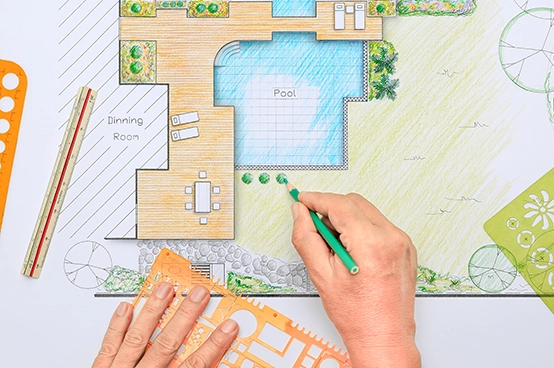
We begin with a thorough consultation, listening to your ideas, and understanding your backyard vision. We’ll guide you in choosing the perfect pool shape, size, and customization to match your landscape and style.
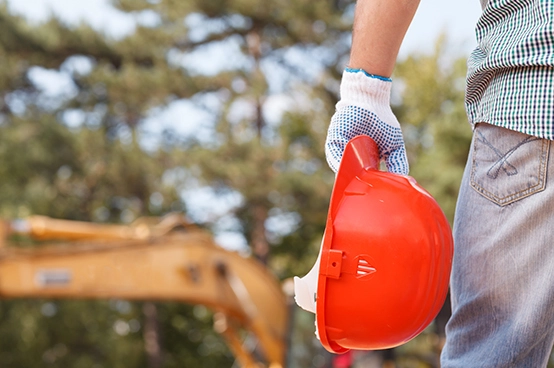
Our team carefully prepares the area, marking and excavating the designated space for your new pool. We take all necessary steps to protect your yard and create a solid foundation.
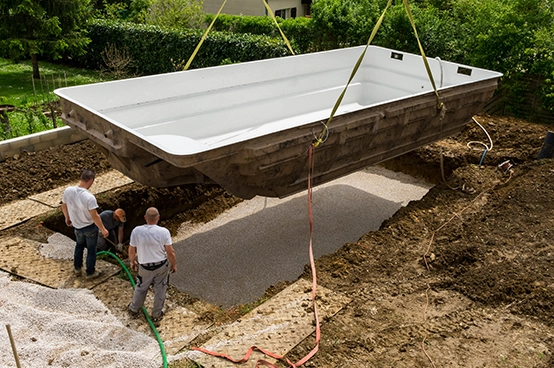
After site preparation, we deliver and install the fiberglass shell with precision, using advanced equipment and techniques to ensure the pool is level and positioned correctly. The fiberglass shell’s one-piece structure allows for a quicker installation process compared to other pool types.
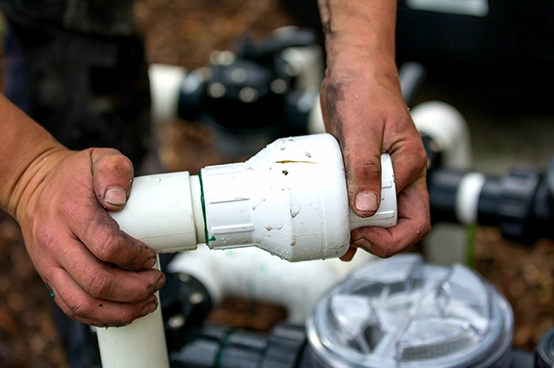
We expertly handle all plumbing and electrical work, ensuring the functionality of essential features, from pumps to lighting. We adhere to the highest standards to ensure your pool’s operation is efficient, safe, and reliable.
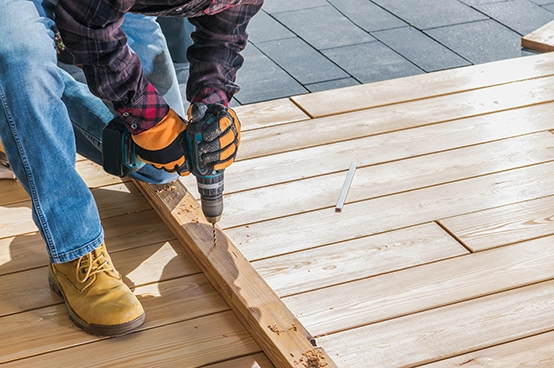
Once the pool is secured, we backfill the surrounding area and start decking installation based on your chosen materials—be it concrete, pavers, or another stylish option.
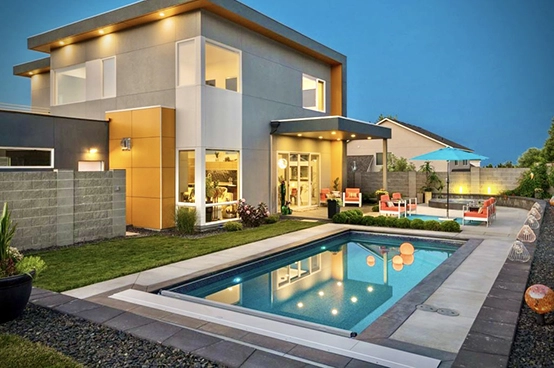
We finish with custom features such as water features, heaters, and fencing or screen enclosures. After a thorough quality inspection, we provide a comprehensive walkthrough of your new fiberglass pool with our pool school.
Frequently Asked Fiberglass Pool Questions
How does fiberglass compare to concrete or vinyl pools?
Fiberglass pools are smooth, non-porous, and easier to maintain than concrete or vinyl pools, as they resist algae growth and don’t require resurfacing. Unlike concrete pools, which can take months to install and require regular refinishing, fiberglass pools install quickly and last longer with minimal upkeep. Compared to vinyl pools, fiberglass pools are more durable and resistant to tears or punctures, making them a long-term investment.
How long does fiberglass pool installation take?
Fiberglass pool installations typically take 2-4 weeks, much faster than concrete pools, which can take 3-6 months. The faster installation timeline means you’ll be enjoying your pool sooner without sacrificing quality.
Can I customize the design of my fiberglass pool?
Yes! Fiberglass pools come in a wide variety of shapes, sizes, and colors. While the pool shell itself is pre-designed, you can customize features like tanning ledges, built-in steps, water features, LED lighting, decking, and landscaping to create a pool that perfectly fits your style and space.
What maintenance does a fiberglass pool require?
Fiberglass pools require minimal maintenance compared to other pool types. Their non-porous surface makes cleaning easier and reduces the need for chemicals. Routine tasks include:
- Skimming debris
- Maintaining proper chemical levels
- Cleaning the filter
- Occasional brushing or vacuuming With proper care, maintenance time and costs are significantly lower than with concrete or vinyl pools.
Are fiberglass pools environmentally friendly?
Yes, fiberglass pools are environmentally friendly! They require fewer chemicals and less water for maintenance compared to concrete or vinyl pools. Their durability also reduces waste over time, as they don’t need frequent repairs or replacements. Many fiberglass pool owners also install energy-efficient pumps and heating systems for an even greener option.
Can I add a spa or hot tub to my fiberglass pool?
Absolutely! Many fiberglass pool designs include integrated spa options, or we can add a standalone spa to your setup. Custom features like spillover spas or jets can provide a luxurious and relaxing experience that complements your pool.
Are fiberglass pools pet-friendly?
Yes! Fiberglass pools are great for pets because the smooth surface won’t tear from claws, and the built-in steps or ledges make it easier for pets to enter and exit the pool safely. Always supervise your pets around the pool to ensure their safety.
Do fiberglass pools crack or fade over time?
Fiberglass pools are designed to resist cracking and fading. They’re built with a durable gel coat finish that withstands UV rays, pool chemicals, and temperature changes. While no pool is completely immune to wear over decades, fiberglass pools are among the most reliable and long-lasting options on the market.
What type of warranty is offered on fiberglass pools?
Most fiberglass pool shells come with a lifetime structural warranty and a 20–30-year warranty on the gel coat finish, depending on the manufacturer. At Swimming Days, we’ll guide you through your warranty options to ensure your investment is protected.
Can I add a screen enclosure or fence?
Yes, adding a screen enclosure or fence is a great idea! Not only do these additions enhance safety and privacy, but they also keep out debris and pests, making maintenance easier; plus, we can help you incorporate these features seamlessly into your pool design so they are both beautiful and functional.
Your Personal Aquatic
Retreat Awaits…
Start your journey to the backyard of your dreams today.
It all begins with requesting your free consultation. Call us
today at (386) 216-9945 or
Build Now.
Pay Later.
We work with reputable companies to help you finance your pool build.
